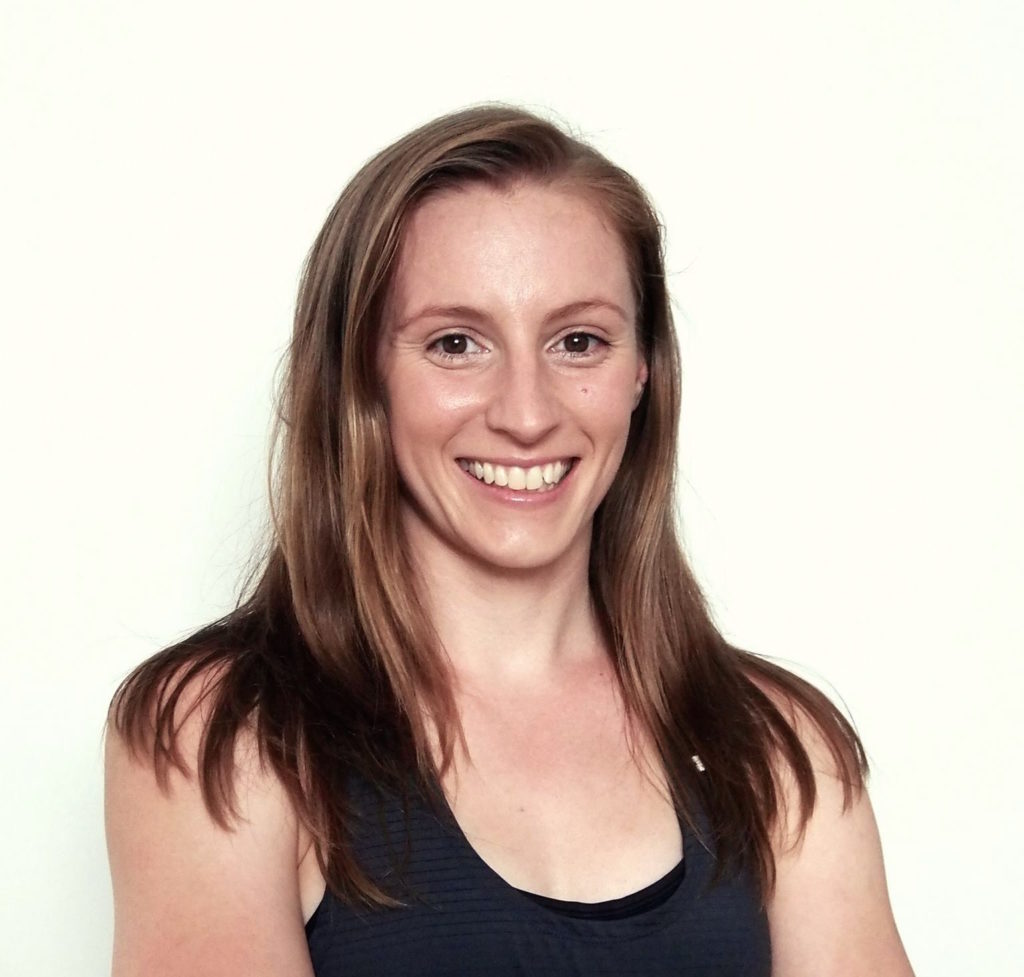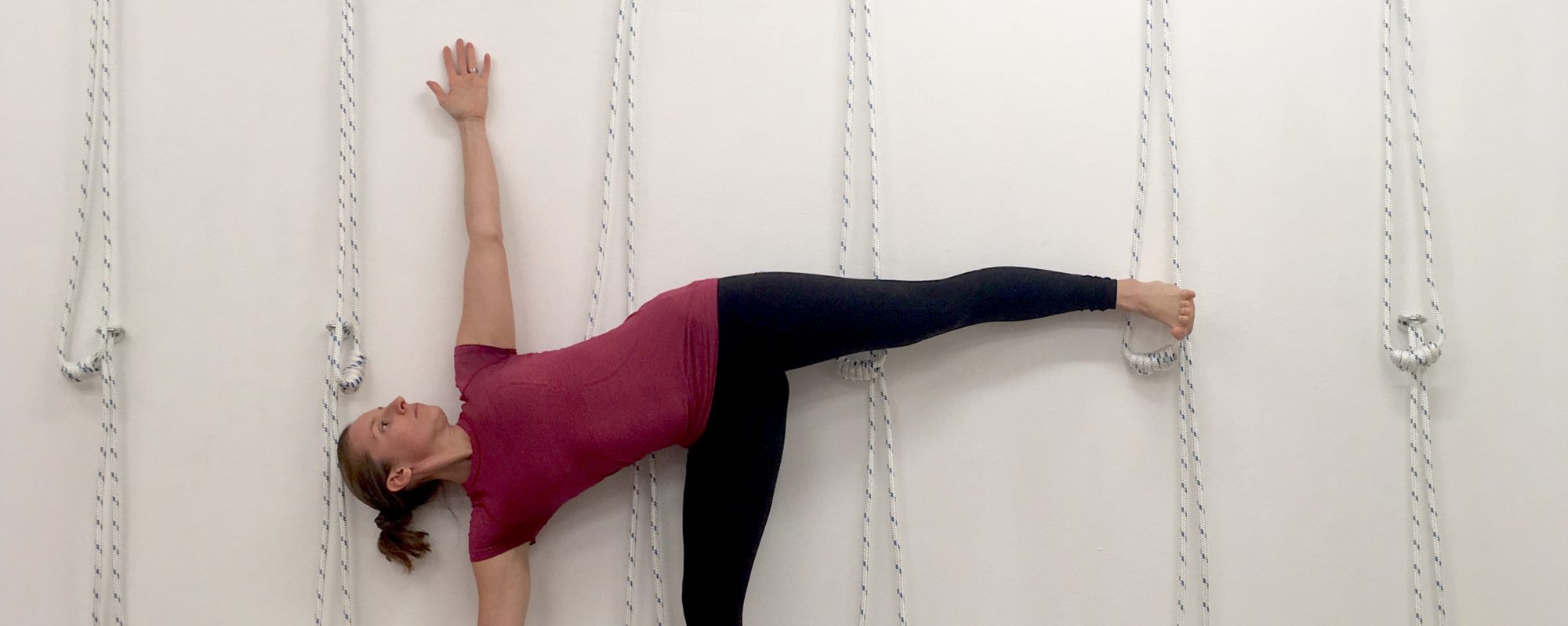This happened in 3 stages. But first I’ll describe where I was – you may be able to relate.
I was working as a veterinarian, standing up all day, leaning forward against a consultation table and handling animals.
While I was on the go, I didn’t give a lot of thought to my back ache, I was just too busy.
But if I had to drive anywhere for more than 5 minutes, or stand still for more than 5 minutes I had to start shifting my weight. I would start moving around, rubbing my back and stretching randomly to try and get rid of the ache.
I put up with it for a long time and I started doing some hot flow yoga and that seemed to help for a little while. I felt generally better but I still got this back ache.
It was only when the back ache turned into a sharp, un-relenting pain in one side of my lower back that I started trying everything possible to fix it.
I saw three different physiotherapists, I did dozens of different exercises, stretching made it worse, I even tried acupuncture (I am needle phobic!) and lay on a bed crying for 20 minutes (no surprises I didn’t go back)…
I just didn’t know what to do.
So that was my ‘before’ picture if you like.
Flash forward to my ‘after picture’ and now my back does. not. bother. me.
I know I am mobile and have a tendency for things to ‘shift’ but I understand my body so much better now and know exactly what to do to keep my back a non-issue.
So here are the three stages I went through to fix my back.
Stage 1: Try all of the things. Still have a bad back.
Check.
Stage 2: This began when I started to look into the psychological connection of chronic pain and understand my attachment to it.
Stay with me here.
Did you know that when you have long term pain that over time the brain begins to kind of shut off specific, localised sensation?
The brain almost becomes numb to the area. Kind of like the boy who cried wolf, it gets a bit over it.
That’s not to say we don’t feel anything – we absolutely do. But our pain is no longer a true representation of tissue damage. It is a perceived pain.
This might sound like hippy mumbo jumbo but have you ever heard of phantom limb? It’s the same thing. Even though a limb has been amputated patients often complain of pain in the missing limb. (Weird huh?)
The nervous system is more complex than we think and recognising that we may essentially be ‘over-reacting’ (hard as that is to swallow) is a really important part of healing.
So for me, saying ‘ok’ I’ve got this back thing, but it’s not as real or severe as I think it is, and I actually just need to detach myself from it and stop dwelling on it’, was stage 2.
Stage 3 began when my Iyengar yoga teacher started describing ‘those people who are always stretching and rubbing their backs’.
(Here I was nodding furiously like ‘yep that’s me!’)
And then she said something that changed everything.
She said ‘Those people don’t need to stretch. Those people need stability.’
Mic drop.
She by the way was senior Iyengar yoga teacher Pixie Lillas.
Pixie also recommended I try an osteopath for some relief as that tended to be a gentler therapy. I did, and I have no idea what she did, but I believe it eased things off enough for me to get out of my funk and do the work that was to come.
Over the next two years I would ‘re-learn’ to be a yoga teacher with the Iyengar method which emphasises self-awareness, correct alignment and ensuring stability – exactly what I needed.
It can be hard to explain to people who feel tight and achy that they don’t just need a stretch.
For many people muscles become tight and stiff because they are working over time to provide stability. They are literally trying to hold things together.
Which is why when you stretch you may feel temporary relief, but the back ache always returns. Sounding familiar?
We need to re-train our bodies into balance.
Muscles that aren’t working as efficiently as they should become more conditioned to do their job, and muscles that are in a ‘gripped’ state learn to let go and lengthen out to do their jobs correctly.
It’s not a quick fix, but within a few Iyengar yoga classes most people with chronic pain start to see a glimpse of what life might be like without that pain.
Not to mention that yoga generally challenges your perceptions of what your body is capable of – and this helps to accelerate stage 2 – flicking that psychological switch to allow a different story to be told.
So back to my personal journey, I am a mobile person which means that unless I maintain a level of stability I will be prone to tight muscles, aches and pains.
Keeping up a yoga practice, knowing when things are starting to move out of alignment and knowing what to do to rebalance myself is invaluable.
When I think about the money that might have been spent on doctors, therapists, scans, medications and surgeries, Iyengar yoga has literally saved me thousands of dollars and given me a method to use my entire life to prevent injuries and recover from the inevitable curve balls that life throws at us.
If you’re still reading, regardless of which stage you’re at with back pain (or any physical pain), you should know that there is a future for you where you no longer begin sentences with ‘well, my back…’.

Kelly is holding Yoga for Back Pain workshops this month! See details here: https://go.greenbody.com.au/back-pain-workshop
Kelly Moriarty is a certified Iyengar Yoga Teacher and the owner of Green Body Yoga Studio in Cardiff, NSW.

